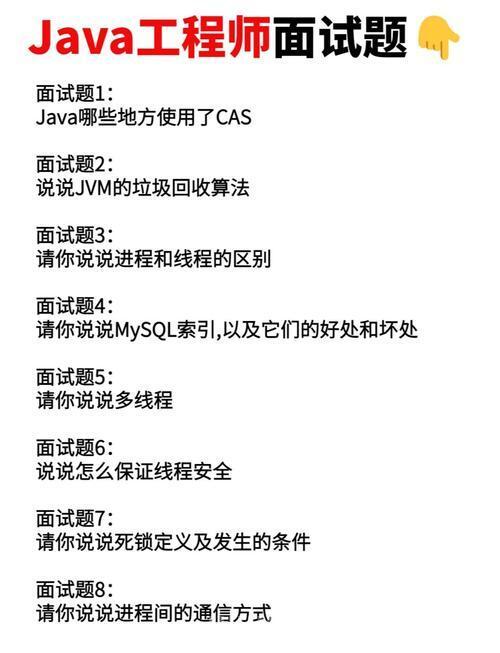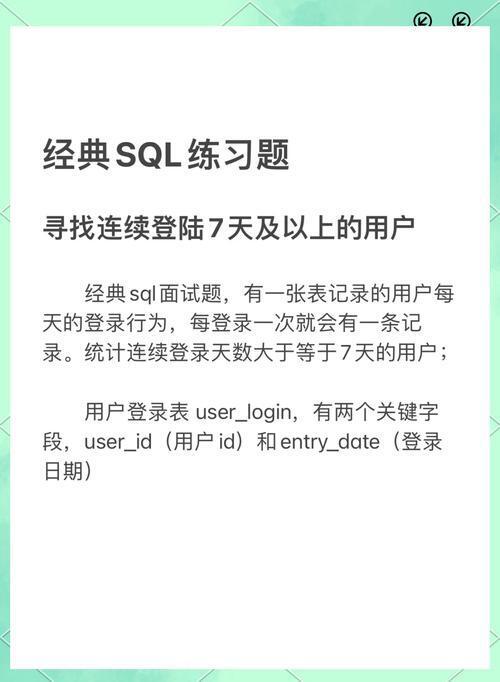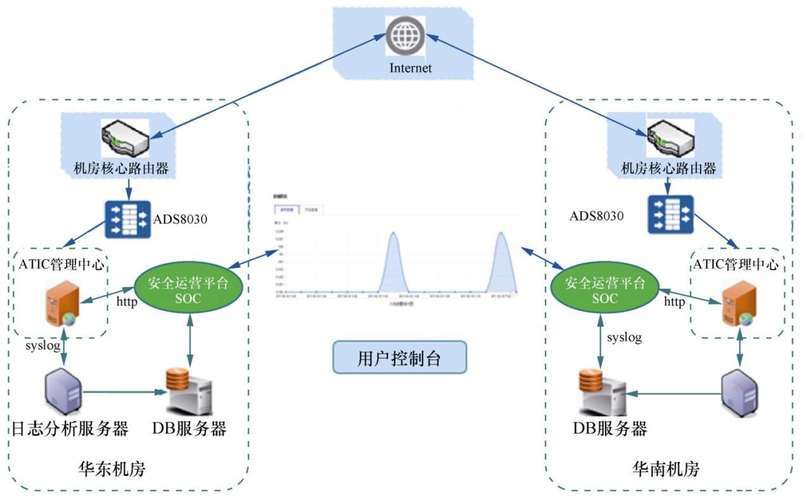如何实现一个请求库?【面试场景题】
如何实现一个请求库?这个问题在面试中是一个常见的场景题,可以从第三方库的一些不足进行分析,然后答出如何实现这个库的步骤流程即可。
前端有诸多成熟的请求库,比如 axios、vue-request、swr 等,那么为什么在一些大中型项目中,放着成熟的请求库不用,仍然固执的选择重新造轮子?
- 定制化需求:成熟的请求库通常是通用型工具,难以完全满足特定业务场景的需求例如:
- 统一处理错误码和异常
- 自定义的请求拦截与响应拦截逻辑
- 特定的请求缓存策略
- 请求日志上报或埋点
- 统一接口规范
- 对接后端统一的返回格式
- 支持全局 Token 认证
- 实现统一的超时控制、重试机制等
- 性能优化
- 请求并发控制
- 接口聚合(合并多个请求)
- 预加载、懒加载策略
这些请求库到底有什么难以接受的缺陷,就连对它进行二次封装都难以解决问题?
- 扩展性受限
- 虽然支持拦截器、插件等机制,但其内部结构可能不够灵活,无法很好地支持复杂的业务逻辑扩展
- 某些定制化需求(如特定的缓存策略、重试机制)难以通过简单的封装实现
- 封装成本高
- 二次封装往往只能“包裹”一层逻辑,而无法彻底控制底层行为(如重试策略、缓存机制等),导致封装后仍需频繁处理边界情况
- 多层封装可能导致调用链路变长,调试困难,性能损耗增加
- 灵活性不足
- 请求库的默认行为可能与项目需求冲突,例如默认的错误处理机制或超时控制策略,调整这些行为可能需要深入修改库的源码,而非简单的配置
- 维护复杂度高
- 随着项目迭代,对请求库的定制化需求可能不断增加,依赖外部库的版本更新和兼容性问题会进一步增加维护成本
如果让你来实现一个完整的请求库,你会如何规划?
实现一个完整的请求库(HTTP 请求库)需要从功能完整性、易用性、性能和扩展性等多个方面进行规划
- 功能需求规划
- 支持常见的 HTTP 方法:GET, POST, PUT, DELETE, PATCH 等
- 支持设置请求头(Headers)
- 支持发送请求体(Body),如 JSON、表单数据等格式
- 支持查询参数(Query Parameters)
- 支持响应拦截器与请求拦截器
- 支持超时配置
- 支持重试机制
- 模块化设计
- RequestConfig:统一的请求配置接口,包含 URL、方法、headers、body 等
- ResponseHandler:处理响应数据并返回标准化的响应对象
- InterceptorManager:管理请求/响应拦截器,用于在请求前后执行逻辑(如添加 token、日志等)
- 异常处理
- 请求超时
- 网络错误
- 响应状态码非 2xx(可自定义判定)
- 性能优化
- 使用缓存策略
- 支持并发控制(如 Promise.all + 控制并发数)
- 可扩展性设计
- 插件系统:允许第三方开发者扩展功能(如自动重试插件、日志插件等)
- 测试
- 文档与示例
- 提供详细的 API 文档
- 提供常见使用场景的示例代码
- 提供 TypeScript 类型定义文件
具体实现
基于 fetch 实现,实现了以下功能:
- 统一错误处理
- 通过响应拦截器统一处理 HTTP 状态码
- 支持自定义错误处理逻辑
- 请求/响应拦截器
- 可以在请求发送前修改请求配置
- 可以在响应返回后统一处理响应数据
- 支持多个拦截器链式调用
- 请求缓存
- 实现了基于内存的缓存系统
- 支持设置缓存过期时间
- 可以针对不同请求设置不同的缓存策略
- Token 认证
- 支持全局设置认证 token
- 自动将 token 添加到请求头
- 超时控制和重试机制
- 可配置请求超时时间
- 支持请求失败自动重试
- 可设置最大重试次数
- 并发控制
- 实现了请求并发数量限制
- 使用队列管理超出并发限制的请求
- 请求聚合
- 支持批量发送多个请求
- 统一处理批量请求的结果
- 便捷方法
- 提供了 get、post、put、delete 等常用方法
- 支持自定义请求配置
RequestConfig 类
请求基础配置
// 请求配置类型定义
class RequestConfig {
constructor(config = {}) {
this.baseURL = config.baseURL || ''
this.timeout = config.timeout || 5000
this.headers = config.headers || {}
this.maxRetries = config.maxRetries || 3 // 最大重试次数
this.maxConcurrent = config.maxConcurrent || 5 // 最大并发数
this.cacheTime = config.cacheTime || 0 // 缓存时间,0表示不缓存
}
}
RequestInterceptor 类
// 请求拦截器
class RequestInterceptor {
constructor() {
this.interceptors = []
}
use(onFulfilled, onRejected) {
this.interceptors.push({
onFulfilled,
onRejected
})
}
execute(config) {
// 使用 reduce 方法将每个拦截器串联起来,形成一个处理链,返回的是 config
return this.interceptors.reduce((promise, interceptor) => {
return promise.then(
// 每个拦截器可以通过 onFulfilled 对配置进行处理并返回新的 config
(config) => interceptor.onFulfilled(config),
(error) => interceptor.onRejected(error)
)
}, Promise.resolve(config))
}
}
ResponseHandler 类
// 响应拦截器
class ResponseInterceptor {
constructor() {
this.interceptors = []
}
use(onFulfilled, onRejected) {
this.interceptors.push({
onFulfilled,
onRejected
})
}
execute(response) {
return this.interceptors.reduce((promise, interceptor) => {
return promise.then(
(response) => interceptor.onFulfilled(response),
(error) => interceptor.onRejected(error)
)
}, Promise.resolve(response))
}
}
CacheManager 类
// 请求缓存管理
class CacheManager {
constructor() {
this.cache = new Map()
}
set(key, value, expireTime) {
if (expireTime
value,
expire: Date.now() + expireTime
}
this.cache.set(key, item)
}
get(key) {
const item = this.cache.get(key)
if (!item) return null
if (Date.now() item.expire) {
this.cache.delete(key)
return null
}
return item.value
}
clear() {
this.cache.clear()
}
}
ConcurrencyController 类
// 并发控制器
class ConcurrencyController {
constructor(maxConcurrent) {
this.maxConcurrent = maxConcurrent
this.currentConcurrent = 0
this.queue = []
}
async add(fn) {
if (this.currentConcurrent >= this.maxConcurrent) {
await new Promise((resolve) => this.queue.push(resolve))
}
this.currentConcurrent++
try {
return await fn()
} finally {
this.currentConcurrent--
if (this.queue.length > 0) {
const next = this.queue.shift()
next()
}
}
}
}
HttpClient 类(核心)
// 主请求类
class HttpClient {
constructor(config = new RequestConfig()) {
this.config = config
this.requestInterceptor = new RequestInterceptor()
this.responseInterceptor = new ResponseInterceptor()
this.cacheManager = new CacheManager()
this.concurrencyController = new ConcurrencyController(config.maxConcurrent)
this.token = null
// 添加默认响应拦截器处理错误码
this.responseInterceptor.use(
(response) => {
// ok 属性是 Fetch API 的 Response 对象的一个只读属性。它是一个布尔值,用来表示响应是否成功
if (!response.ok) {
throw new Error(`HTTP Error: ${response.status}`)
}
return response.json()
},
(error) => {
throw error
}
)
}
// 设置认证token
setToken(token) {
this.token = token
}
// 生成缓存key
generateCacheKey(url, options) {
return `${options.method || 'GET'}-${url}-${JSON.stringify(
options.body || ''
)}`
}
// 执行请求
async request(url, options = {}) {
const cacheKey = this.generateCacheKey(url, options)
const cachedResponse = this.cacheManager.get(cacheKey)
if (cachedResponse) return cachedResponse
// 重试计数
let retries = 0
const executeRequest = async () => {
try {
// 合并配置
const finalOptions = {
...options,
headers: {
...this.config.headers,
...options.headers,
...(this.token ? { Authorization: `Bearer ${this.token}` } : {})
}
}
// 应用请求拦截器
const processedConfig = await this.requestInterceptor.execute(
finalOptions
)
// console.log('processedConfig', processedConfig);
// 执行请求
const response = await this.concurrencyController.add(() =>
// race 接收一个 Promise 数组,一旦其中一个 Promise 被解决(resolve)或拒绝(reject),就立即以该 Promise 的结果作为自身结果来完成或拒绝。
// 使用 Promise.race() 来实现超时处理,如果 fetch 在超时时间内完成,则返回结果;否则抛出异常
Promise.race([
fetch(this.config.baseURL + url, processedConfig),
new Promise((_, reject) =>
setTimeout(
() => reject(new Error('Request timeout')),
this.config.timeout
)
)
])
)
// 应用响应拦截器
const processedResponse = await this.responseInterceptor.execute(
response
)
// 缓存响应
this.cacheManager.set(
cacheKey,
processedResponse,
this.config.cacheTime
)
return processedResponse
} catch (error) {
if (retries this.request(req.url, req.options))
)
}
// 便捷方法
get(url, options = {}) {
return this.request(url, { ...options, method: 'GET' })
}
post(url, data, options = {}) {
return this.request(url, {
...options,
method: 'POST',
body: JSON.stringify(data),
headers: {
'Content-Type': 'application/json',
...options.headers
}
})
}
put(url, data, options = {}) {
return this.request(url, {
...options,
method: 'PUT',
body: JSON.stringify(data),
headers: {
'Content-Type': 'application/json',
...options.headers
}
})
}
delete(url, options = {}) {
return this.request(url, { ...options, method: 'DELETE' })
}
}
// 导出实例
export default new HttpClient()
使用案例
import http from './fetch.js'
// 配置全局token
http.setToken('your-auth-token')
// 添加请求拦截器
http.requestInterceptor.use(
(config) => {
config.headers['Custom-Header'] = 'value'
// 在发送请求之前做些什么
console.log('Request interceptor:', config)
return config
},
(error) => {
// 对请求错误做些什么
console.error('Request error:', error)
return Promise.reject(error)
}
)
// 添加响应拦截器
http.responseInterceptor.use(
(response) => {
// 对响应数据做点什么
console.log('Response interceptor:', response)
return response
},
(error) => {
// 对响应错误做点什么
console.error('Response error:', error)
return Promise.reject(error)
}
)
// 示例请求
async function testApi() {
try {
// 单个请求
const data = await http.get('https://jsonplaceholder.typicode.com/posts')
console.log('Single request result:', data)
// 批量请求
const batchResults = await http.batch([
{ url: 'https://jsonplaceholder.typicode.com/posts/1' },
{ url: 'https://jsonplaceholder.typicode.com/posts/2' }
])
console.log('Batch request results:', batchResults)
// POST请求示例
const postData = await http.post(
'https://jsonplaceholder.typicode.com/posts',
{
name: 'test',
value: 123
}
)
console.log('POST request result:', postData)
} catch (error) {
console.error('API test error:', error)
}
}
// 运行测试
testApi()
(图片来源网络,侵删)
(图片来源网络,侵删)
(图片来源网络,侵删)
免责声明:我们致力于保护作者版权,注重分享,被刊用文章因无法核实真实出处,未能及时与作者取得联系,或有版权异议的,请联系管理员,我们会立即处理! 部分文章是来自自研大数据AI进行生成,内容摘自(百度百科,百度知道,头条百科,中国民法典,刑法,牛津词典,新华词典,汉语词典,国家院校,科普平台)等数据,内容仅供学习参考,不准确地方联系删除处理! 图片声明:本站部分配图来自人工智能系统AI生成,觅知网授权图片,PxHere摄影无版权图库和百度,360,搜狗等多加搜索引擎自动关键词搜索配图,如有侵权的图片,请第一时间联系我们。











